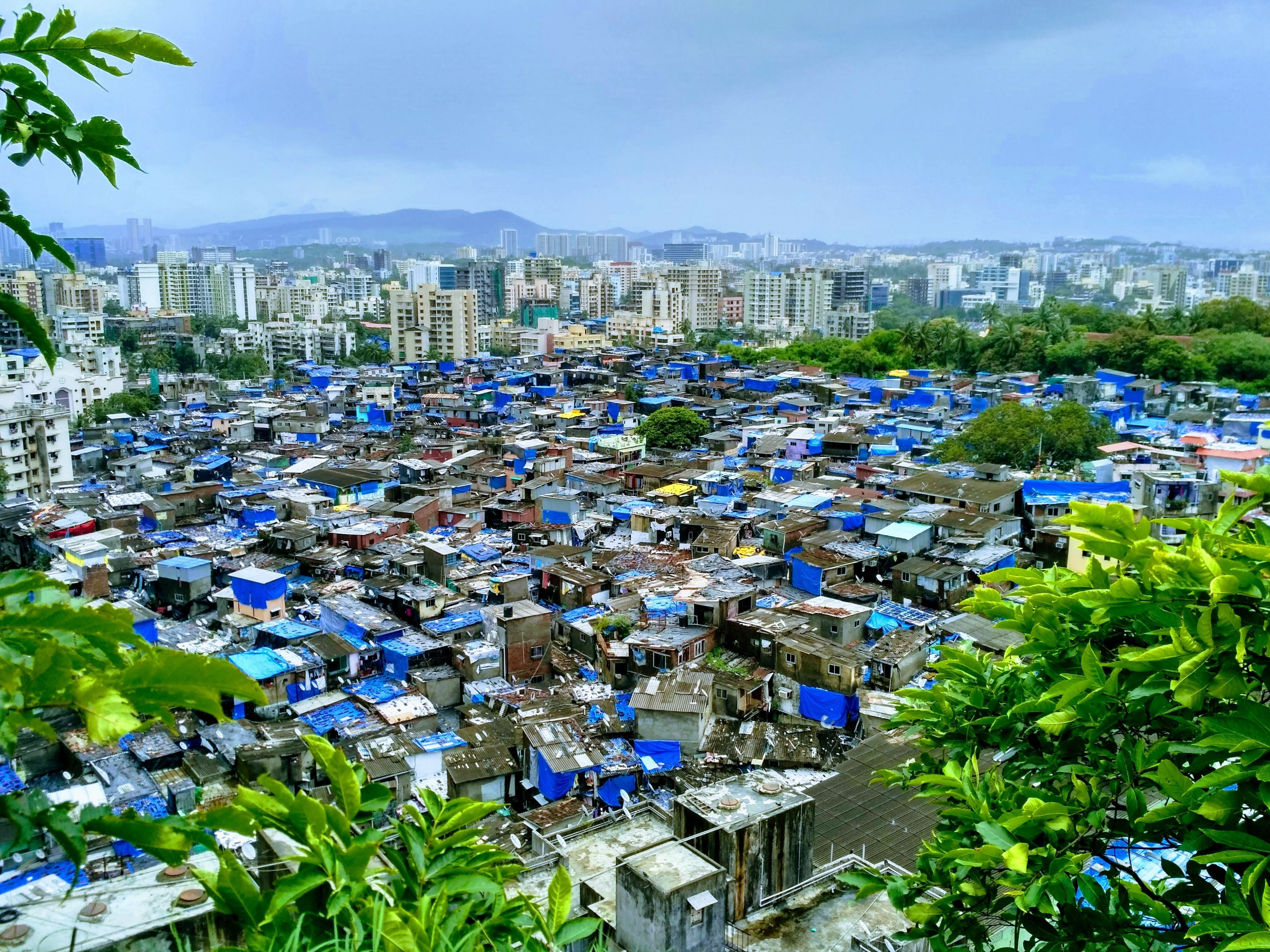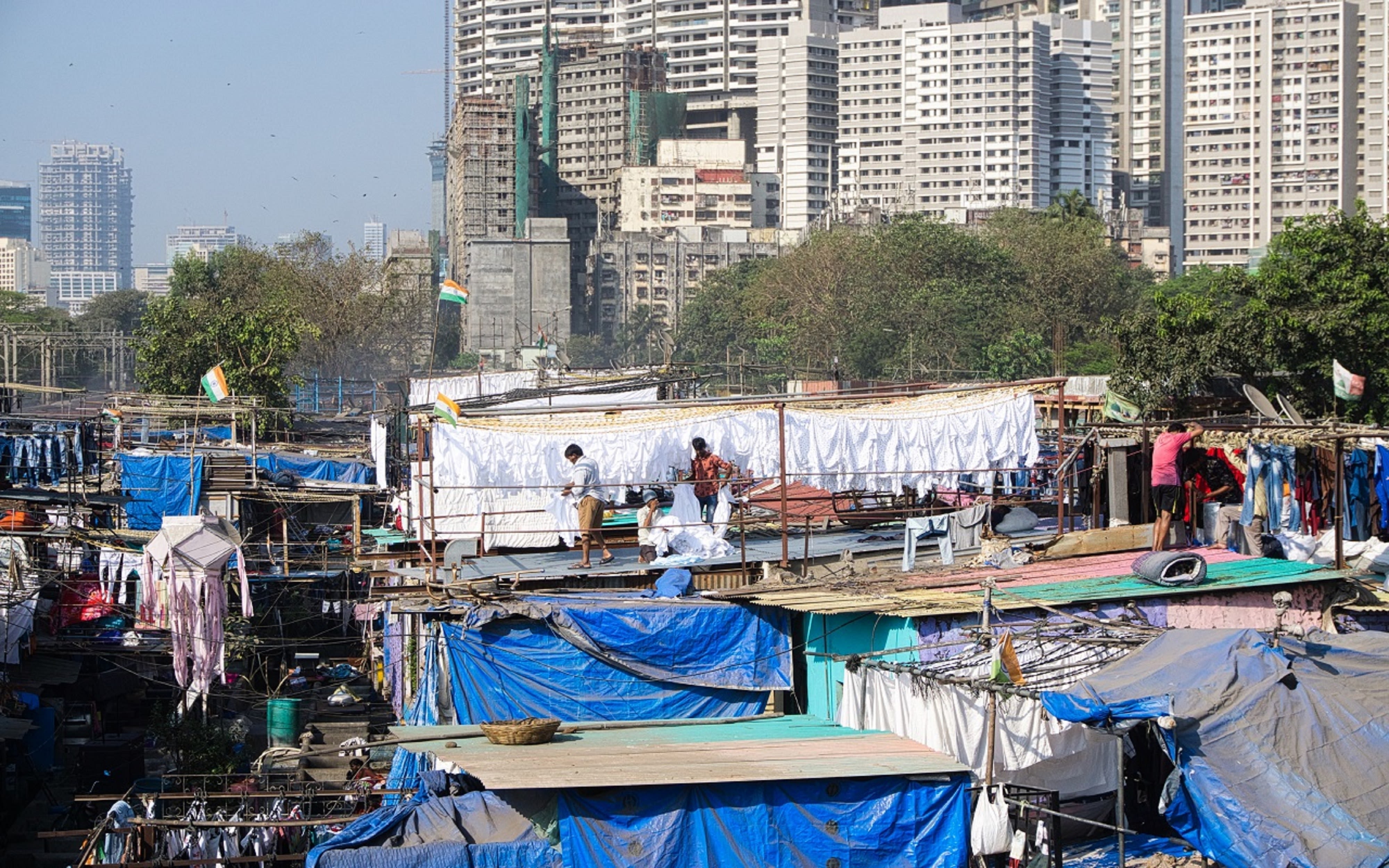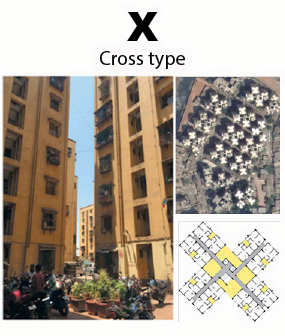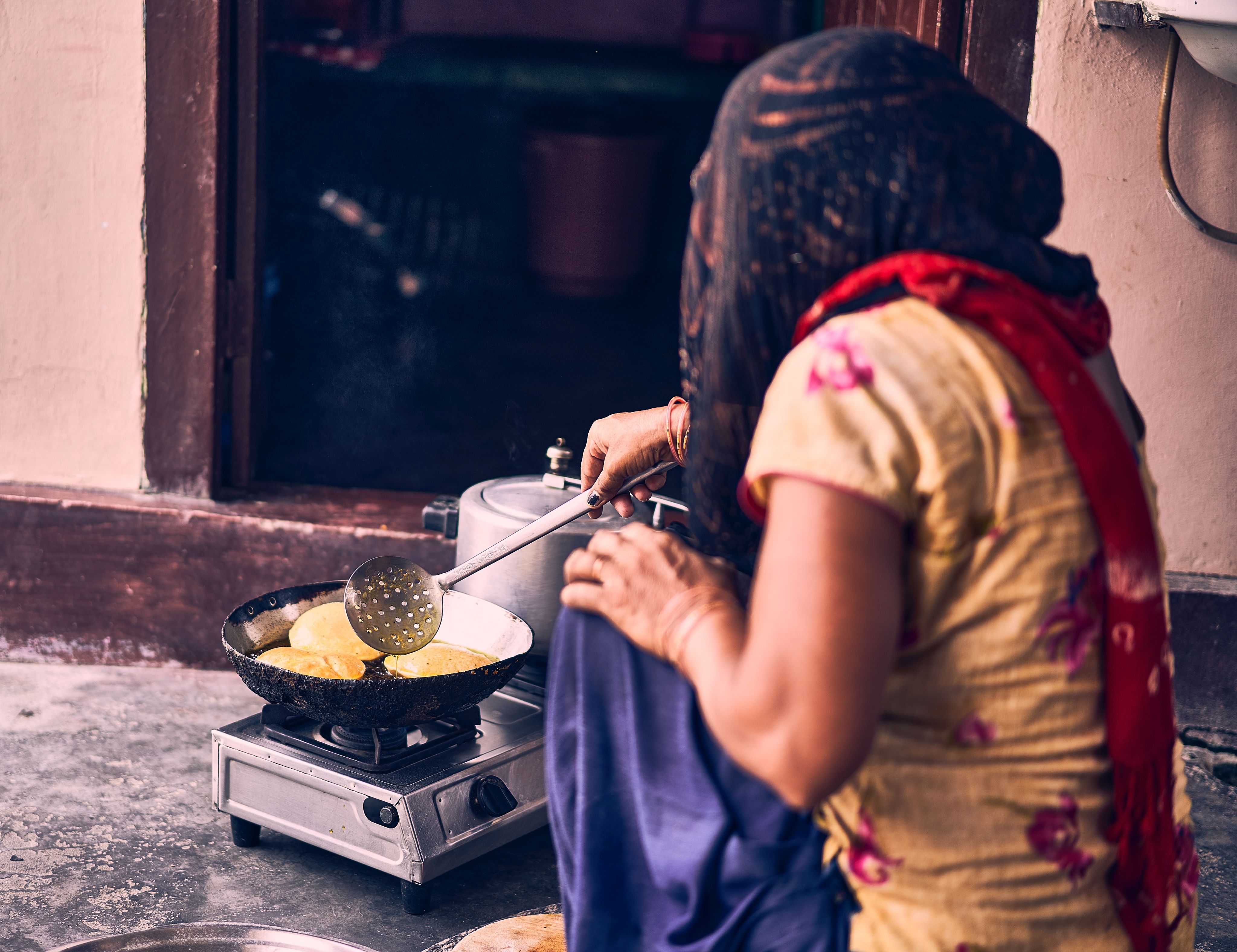Designing homes for a warming world
Why social norms are essential factors in rehousing projects worldwide

“In the slum we never fell sick so often. Here it has increased ten times.”
Residents of some newly built affordable housing units in the Global South are, according to ongoing research, in danger of illness, isolation and extreme heat toxicity. Insofar as housing developments continue to ignore the social norms of their intended residents, these problems are likely to only grow worse.
Interdisciplinary work, including insights from architecture, public health and anthropology, may help to address these problems — and avoid a looming public health disaster in a warming world.
Ronita Bardhan, an associate professor at Cambridge, works alongside households in India, Ethiopia and Kenya as part of her research into the relationship between architecture and public health. She and her research team are interested in understanding how the high-rise apartments that are replacing urban slums in many cities are affecting residents' well-being, physical and mental health.
Their findings are not always encouraging. Residents of these new buildings experienced a higher rate of sickness, isolation and increased heat stress — issues that Dr Bardhan and colleagues are interested in making known and mitigating.
The question is how? Poor living conditions in slums of many of the world’s major cities, such a Mumbai, necessitate the fast development of affordable housing — though providing these homes in a warming world is a perilous task. Globally, the need for affordable and safe housing is only growing.
Balancing cost against individual needs, public health objectives and sustainability requirements is a difficult task, but, according to Dr Bardhan, one that is possible.
Meeting these needs won’t involve a universal approach, but rather engagement at a local level — working with people who live in the local communities, especially women, to find affordable and acceptable solutions.
Solutions, otherwise put, must be embedded in culture and context, and interdisciplinary research may help governments and policymakers to effectively appeal to local needs and norms when designing new homes.
This subjective approach will enable localised climate adaptation and reduce health burdens. While the culture will make the solutions acceptable to the community, contextualising will provide agency to the under-represented.

Mumbai — a case study
In densely populated cities such as Mumbai, high-rise social apartments are being built to ‘upgrade’ urban slums — often directly on top of existing settlements.
Metropolitan Mumbai is one of the most populous areas in the world, with an estimated population of over 23 million people. The city is also home to some of the largest slums worldwide, with as many as 1 million people living in Dharavi, among the most densely populated known areas.
There are, however, ongoing industrial plans to replace urban slums like Dharavi with affordable social housing. “[The] government of India is building a huge amount of housing stock to relocate the slums into high rise apartments,” says Dr Bardhan. “And it is free of cost. So people just move from one informal settlement directly into these apartments, which is a big gain for them, because now they have a toilet inside their houses and access to electricity for refrigerators and air conditioning.”
Some immediate hygiene benefits of the movement towards social housing are unquestionable. Toilets, according to the US Centers for Disease Control and Prevention, are a hallmark of how technologies can prevent waste contamination in people’s immediate environments. Given the density of the population in Dhavari, removing the risk of local contamination can therefore have profound public health benefits — reducing the risk of outbreaks of diseases including cholera and typhoid.
It's strange, then, that residents of some social housing units in Mumbai reported being sick more often — much more often, according to some — than they ever were in slums. And one reason for this, according to Dr Bardhan, is restricted airflow — making the rehabilitation houses, as they are called, breeding grounds for diseases like tuberculosis and Covid-19.


Moreover, research has found that the form of building design appears to predict whether tuberculosis is reported after residents move from urban slums into their new homes.
“If we just control the built environment, we see that there is one particular house design [X] that had 1% incidence of tuberculosis being reported,” says Dr Bardhan. “Whereas there are the other two designs [I and H] where we found 8-10% of the population reporting tuberculosis. Increasingly, the population affected by tuberculosis is shifting to more females and children.”
While tuberculosis has been a major target for the Indian government in recent years, the Covid-19 pandemic has only exacerbated the dangers posed by communicable infections where population densities are high. Some bacteria, like tuberculosis, and many viruses, such as SARS-CoV-2 (the germ that causes Covid-19), transmit effectively from those infected to others in enclosed spaces through airborne droplets.
The conditions of new high-rise social housing buildings reduce airflow and lead to greater exposure to these droplets. Participants involved in interviews about their homes also noted that the windows do not open fully, further restricting airflow and compounding the problem. While one of the building styles noted by Dr Bardhan may not expose residents to such a great degree, two do so — giving at least one example where public health may be impaired by these housing projects.



Isolation and poor mental health
Mental health issues, particularly among women, are likely to be significant in small isolated housing units. While slums are linked with a number of public health issues, the communities within them function as networks of social support, with spaces taking on different functions throughout the day.
“It looks like a disorganised space from a bird's eye view, but as we zoom in, it is a self-organised space that has order in the chaos,”
Yet in their apartments, residents are alone for much of the day and lose the network of cooperation and community that evolved within the slums.
Loneliness and isolation are the result, and consequently people removed from the communities and networks they grew up in are at a greater risk of both mental and physical ill health including depression, anxiety, heart disease, even suicide.

Louise Lafortune, Principal Research Associate at Cambridge Public Health and co-lead of the life-course and ageing research theme, noted that the impact of these problems is likely to be greatest among women, the young and older people.
The wider social and built environment is unquestionably a driver of mental health for these groups.
These trends have been seen in high-rises worldwide, whether socially built or not, including in major economic areas like New York and Tokyo.
In the UK, even modern social housing projects do not account for the needs of the elderly people who will inhabit the new homes, according to researchers based at Cambridge. Work in the low- and middle-income countries appears at risk of replicating these issues — in an increasingly hot environment.
Climate change: a driver of heat stress in high-rise apartments
Global warming threatens to intensify the public health threats posed by rehousing projects. As extreme heat events become more common, residents of small apartment units in cities like Mumbai are likely to be at increated risk of heat stress.
Dr Bardhan notes that, because of local conventions, while men in India are likely to pay for technological solutions when temperatures rise, such as air conditioning, women tend to rely on simple tricks like wetting their feet. Given the other problems women face in these circumstances, such as isolation within their homes — many spend much of their days in the apartment units — they are more likely to be affected by high temperatures in their homes.
The features of some social housing buildings also prevents the windows from opening fully, reducing the efficacy of many typical attempts to control airflow and decrease the temperature. Furthermore, heat directly magnifies other public health issues. Many bacteria grow better in humid environments, and some germs transmit better in hot enclosed spaces.

Appealing to social norms: a way forward?
These public health–related issues stemming from social housing projects may be consequences of ignoring the local norms of the populations that governments aim to help. Dr Bardhan suggests this is a potentially dangerous — albeit rectifiable — issue.
“In India, there's an added layer of social cultural practices and norms. Women have to wear heavy clothing, irrespective of climate, they have to cover themselves a lot.”
There are many other examples of how local norms interact with rehousing projects, with consequences for mental and physical health.
Together, the problems emerging from failure to account for local norms suggest that ‘one-size-fits-all’ approaches to social housing — that is, those relying on standard architectural designs for all locations, regardless of local culture — are likely to drive public health burden, and potentially amplify health inequalities that already exist in urban slums.
Partnerships between governments, construction companies and academics may offer a path forward. Insofar as researchers in architecture, anthropology and the health sciences can offer policy recommendations to politicians and industrial bodies, it may be possible to avert many of the public health pitfalls that residents of these homes experience.
The work of researchers at Cambridge and elsewhere suggests that it is essential to consult with local communities when aiming to replace urban slums with social housing.
While Dr Bardhan’s survey work shows effectively the public health problems induced by these projects, ethnographic work that surveys norms prior to intervention is likely to help avoid these problems altogether.
The fundamental importance of interdisciplinarity in these projects should not, therefore, be ignored — and is a basic element of Cambridge Public Health, which offers researchers across fields a place to foster connections with those working in other areas.
Given that its expected as many as 300 million new social housing units are expected to be built in the Global South in coming years, this is a pressing problem, one that is likely to only grow worse with climate change.
By working together, we can harness local norms to better understand how to avoid the public health catastrophes that some new homes may become.

